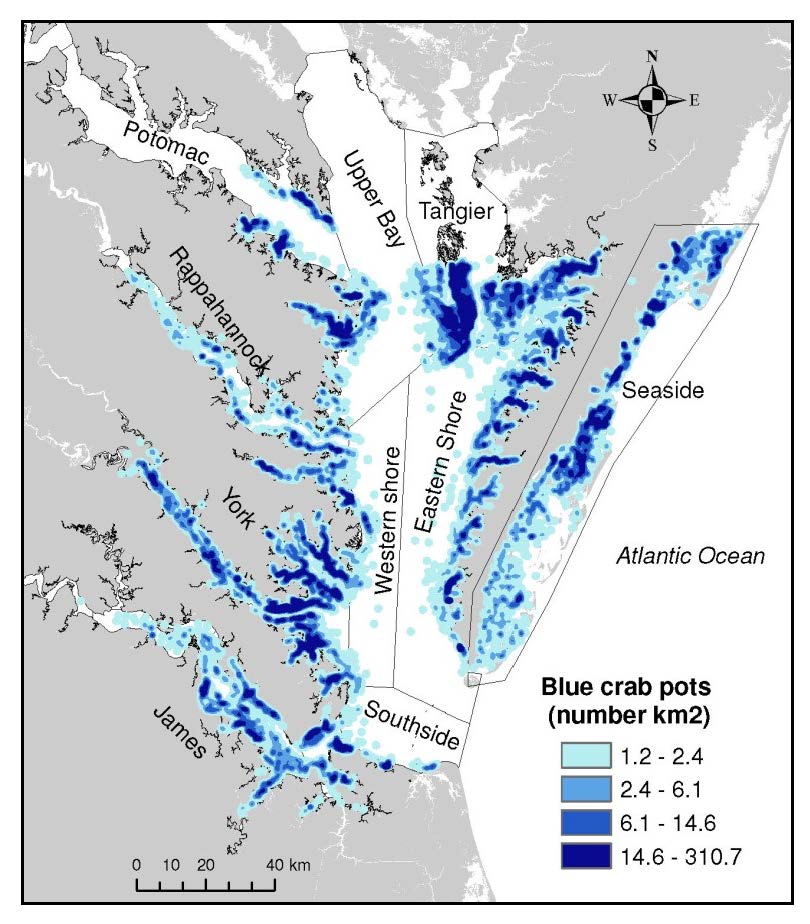Marine Debris
CCRM first documented lost traps in 2006 using side scan sonar. In 2008, we established Virginia's first trap removal program hiring 70 watermen to help locate and remove traps in the Chesapeake Bay. In 2023, the National Oceanic and Atmospheric Administration chose CCRM as home base for a new $8M national program focused on protecting U.S. coastal waters from derelict fishing gear.
What is Marine Debris?
Marine debris is any persistent solid material that is manufactured or processed and directly or indirectly, intentionally or unintentionally, disposed of or abandoned into the marine environment or the Great Lakes. Marine debris is a global problem that injures and kills marine life, interferes with navigational safety, causes economic losses to fishing and coastal industries, and poses a threat to human health.
A large majority of marine debris comes from land-based sources, such as litter tossed along roadsides, overflowing garbage cans, illegal dumping, and improper disposal or management of construction waste. Beverage and food containers, plastic straws, cigarette butts, and other trash is then washed into streams, rivers, estuaries, and the ocean when it rains and when there is tidal flooding. Light items can travel for miles in the air before landing in waterways, such as plastic grocery bags and helium-filled balloons.

Water-based sources of marine debris include fishing gear, such as nets, crab pots, and fishing line. Products used for shellfish aquaculture can become marine debris if they are washed out during storms or discarded, such as clam netting, oyster bags, floats, and cages. Trash is also intentionally or accidentally released by recreational boaters, cruise ships, merchant vessels, and military ships.
At the land-water interface, deteriorating shoreline structures can break apart and become marine debris, such as old piers, wharves, and bulkheads. Some of these old structures were constructed many years ago with creosote and arsenic treated lumber. Legal at the time, these materials contain toxic chemicals to prevent decay and prolong their life expectancy.
Want to Learn More?
CCRM has researched some of the problems related to marine debris, like derelict crab pots and plastic, and came up with a few solutions, like removal programs and plastic that break down.

